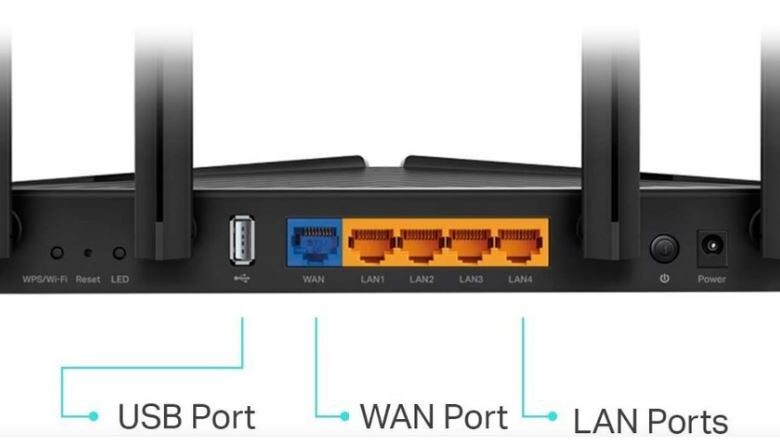How WAN Port on Router is Essential for Strong Network Connectivity

A router plays a crucial role in managing network traffic, ensuring that data reaches its correct destination within a local area network (LAN) or between networks. Among the various ports on a router, the WAN (Wide Area Network) port is one of the most important. This article will explore what a WAN port is, its functions, and its role in connecting a network to the Internet.
WAN Port on Router and its Role in Strong Connectivity
The WAN port is integral to the router’s functionality and network connectivity. It enables a smooth flow of data between internal and external networks, facilitating internet access, secure communication between devices, and remote access to external resources. Without a proper WAN connection, a local network is essentially isolated from the outside world.
Here is more detail on how the wan port on the router plays an essential role in strong network connectivity.
Internet Connectivity
For most home and business networks, the WAN port connects to an ISP’s modem. This modem converts signals from the ISP’s network into data that your router can use. Once connected, your router assigns local IP addresses to devices on your network via the DHCP (Dynamic Host Configuration Protocol) and allows them to access the internet.
Remote Access to Other Networks
In larger network environments, a router with a WAN port can also be used to connect multiple office locations or remote users to a corporate network. This is especially useful for businesses that need to connect branch offices or users working from home to the central office’s resources.
How Does the WAN Port on the Router Work?
The WAN port is designed to handle the flow of data between your local network and the broader internet. Here’s a closer look at how it works:
Modem Connection
The WAN port typically connects to the modem provided by your ISP. The modem serves as the bridge between the router and the ISP’s infrastructure, translating internet signals into a format that the router can manage.
IP Address Assignment
When the router is connected to the modem via the WAN port, the router receives a public IP address from the ISP. This IP address allows your router to communicate with the internet. While the devices within your LAN (e.g., computers, smartphones, smart TVs) will use private IP addresses, the WAN port uses a public IP address to ensure that data packets are routed correctly to and from the internet.

Routing and Data Transfer
When a device within your LAN makes a request (for example, accessing a website), the router forwards this request to the internet via the WAN port. The router also keeps track of the request’s details using Network Address Translation (NAT), so when the website responds, the router knows which internal device needs to receive the data.
Conclusion
The wan port on router is the key to bridging your local area network with external resources like the internet. Understanding its purpose and configuration can help ensure that your network runs smoothly, with reliable internet access and secure communication between devices. Whether at home or in business, the WAN port is a vital part of any modern network infrastructure.



